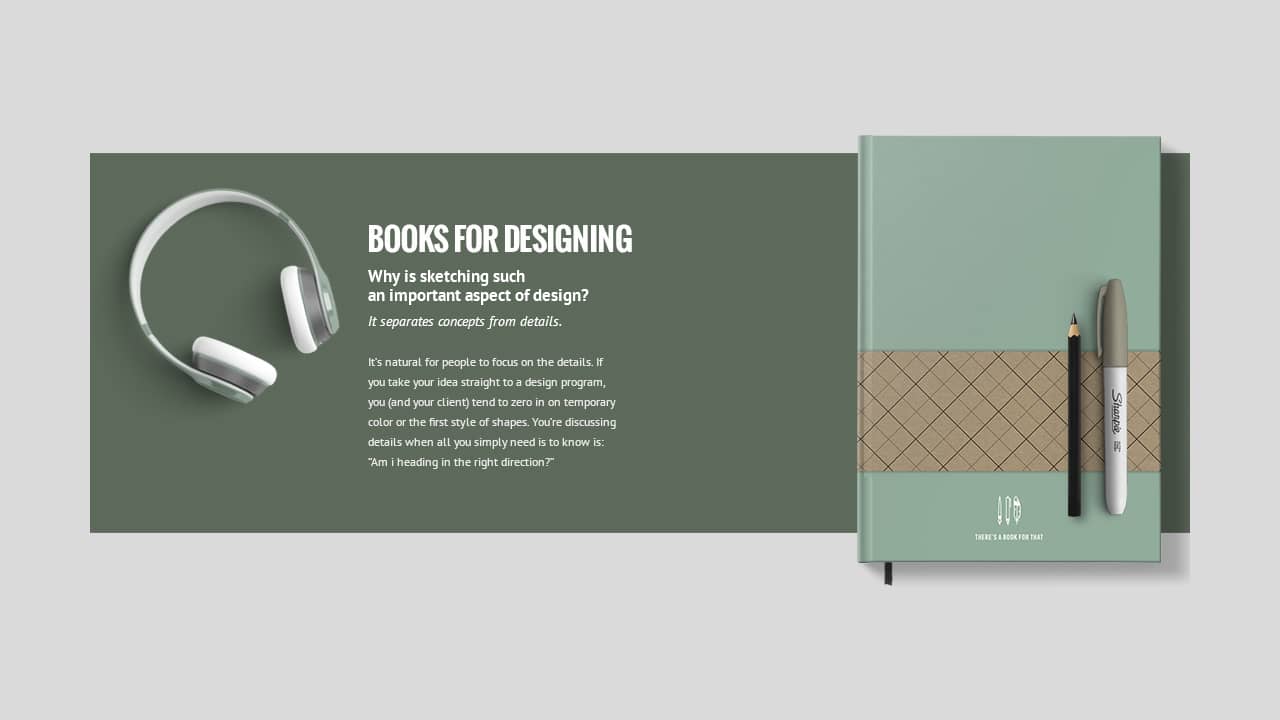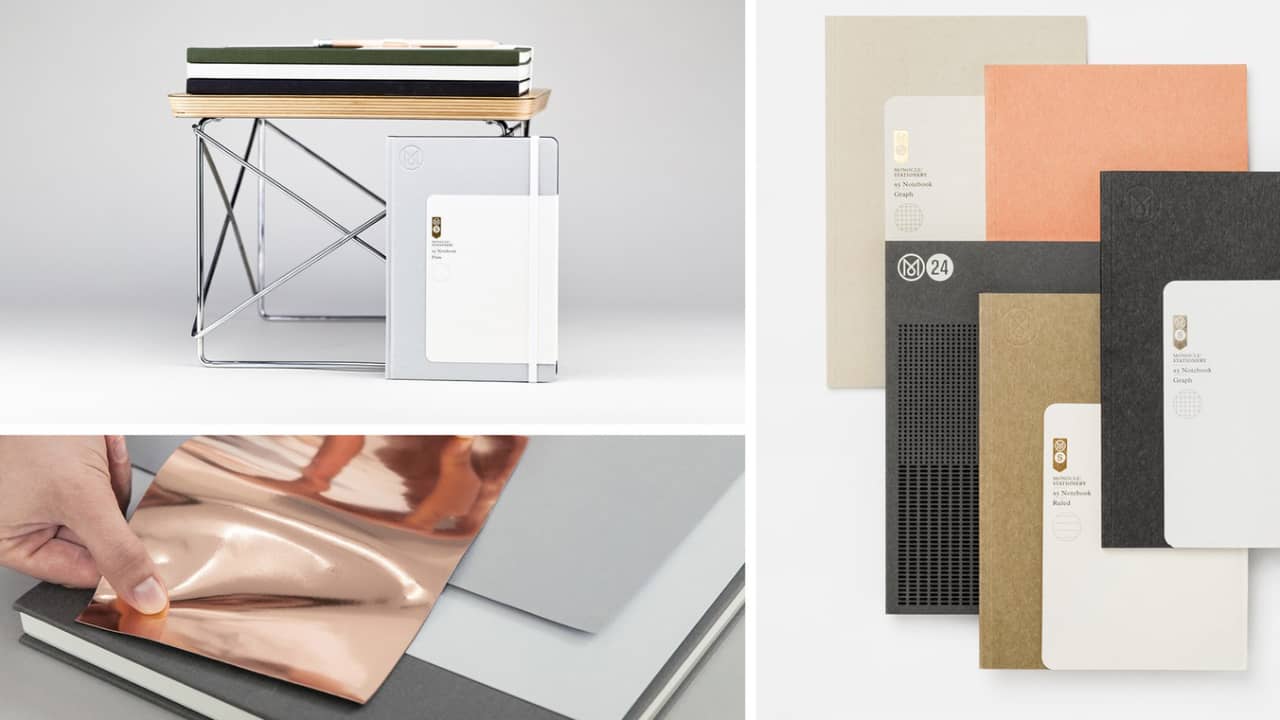Smartphones, tablets and laptops are an expression of our mobile society. Always charged and handy – and despite all this, hordes of people march into meeting rooms with conventional notebooks, take them with them on trips and record their spontaneous ideas in them. Alongside all the digital gadgets, this makes them important companions, where spontaneous ideas, important notes as well as initial sketches and drafts are recorded or simply to-do lists created.
Despite the extent of digitalization, notebooks remain a permanent feature. It seems as if people prefer to organize their daily lives in handwriting at a time when all the necessary props needed to do this in digital form are just slumbering on all mobile devices. The term "tablet" even stands for notebook, but very few people use it for this purpose, and the enthusiasm for tablets has waned considerably in recent years. Sales figures have been falling for years - in Q3/2018 alone, sales were down 8.6 percent on the prior year.
Stable sales figures in a digital environment
A decline that cannot be observed in analog notebooks. The market has been growing steadily for years, which is not what you would expect considering the digital environment. And there are still new, creative formats of notebooks being brought to market. Especially in meetings, an analog notebook is a matter of good manners, and its value can be additionally emphasized with customization. However, students and creative people also use notebooks to jot down their ideas. Moreover, they are indispensable for people wishing to record their experiences and impressions while on their travels.
And so the question arises: Why do people who own all these digital gadgets also appreciate analog notebooks? Rather than being a matter of nostalgia, notebooks show that digital and analog formats meet different needs. Already some time ago, the blogger Christian Mähler from Notizblog.de made the following comment on the matter: “Notebooks provide a haptic experience and the motion of the pen turns thoughts immediately into the written word. That transformation process lends your own ideas a certain value, permanence and relevance. It is fascinating to carry your thoughts in a physical object.” But notebooks are also a manifestation: Here, you determine the form, the content and the speed yourself – and not a digital tool.
 Source: moleskine.com
Books that need to be written first
Source: moleskine.com
Books that need to be written first
That trend was recognized at the end of the 1990s by the Italian manufacturer
Moleskine, whose notebooks have a great marketing story. Over the last two centuries, a manufacturer in Paris made black notebooks and supplied them to the stationery shop that was frequented by writers and artists of the avant-garde. Bruce Chatwin, for example, christened his favorite notebook “moleskine”. In his book "The Songlines, he recalled how “moleskine” notebooks had become impossible to get hold of in the mid-1980s. Maria Sebregondi read the book – and the Moleskine brand was born. The result is a simple, black, rectangular notebook with rounded corners, which could in some ways be said to share the aesthetics of the iPhone and iPad.
In 2015, sales were still at 128 million euros, three years later they already came in at 174 million euros. This corresponds to an increase of around 35 percent. Today, Moleskine’s range extends well beyond just notebooks. Bags and pencils have been added to the numerous types of diaries, sketchbooks, photo albums, planners, special thematic editions. These are all products that accompany people on the go.
With the “Smart Writing Set”, Moleskine has also attempted to connect the analog and digital worlds with a “Smart Pen”. It sounds practical, of course, but the market has not really accepted this solution. On the one hand, this is due to the price, which is over 200 euros for the Smart Pen, and, on the other hand, the technical approach also takes something very crucial out of the notebook - simplicity.
Individual notebooks for different professions
The success of Moleskine has, of course, prompted many companies to jump on the notebook bandwagon. The Italians gave rise to a huge market that is flourishing in terms of sizes, colors, special finishing and personalization. Highly exclusive leather-bound notebooks retail for prices as high as EUR 50.
An example of how the notebook can be further developed is the Vienna-based startup
There's a book for that. The company has designed 28 different notebooks tailored to different professions and interests. The content pages consist of a predefined grid, which was designed to fit the relevant requirement. Be it for journalists, skateboard designers, makeup artists, project managers, photographers, interior designers or family-led organizations – 28 books are on offer in the online shop.
The books are available in twelve colors and are produced regionally. The iPad inspired the design of the notebooks - 16.7 cm wide and 24 cm high. The hardcover is finished with a mat cellophane finish, which gives it durability and an elegant look.
 Source: abookforthat.com
Component of corporate communications
Source: abookforthat.com
Component of corporate communications
For many companies, notebooks have become an integral part of their communication. A noble notebook can strengthen a company's sense of togetherness, give customers an incentive or support a PR campaign. The Wall Street Journal is currently the highest-circulation newspaper in the US and a must read for managers.
For brandbook, it is not just about embossing a logo on a beautiful book. It is about understanding a brand, a product and helping creative people transform that particular feeling into a book. brandbook, whose reference list ranges from a New York based fashion label and a luxury stationery shop in London through to an automotive group and the local optician, shows every sign of being successful in that. However, brandbook is also launching its own brand – nuuna.
 Source: brandbook.de
Source: brandbook.de
If made well, notebooks are an indispensable must-have. The positive market trend shows that manufacturers across the world are thriving in this segment despite the digital competition. With impeccable quality, innovation and a healthy dose of marketing, the success story of the notebook will continue.
Your
Knud Wassermann
Editor-in-Chief of Graphische Revue